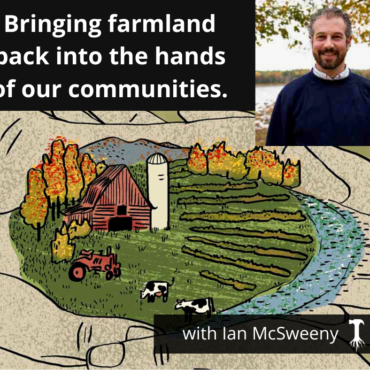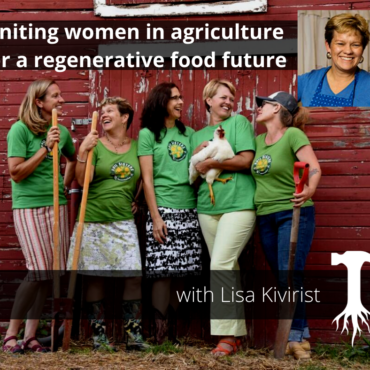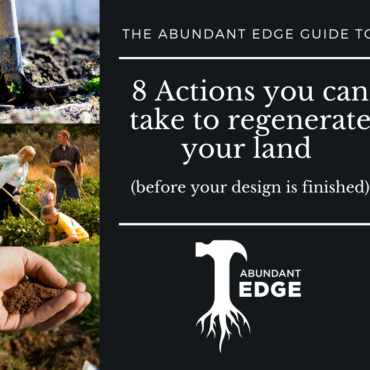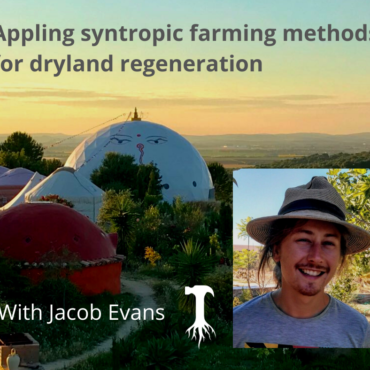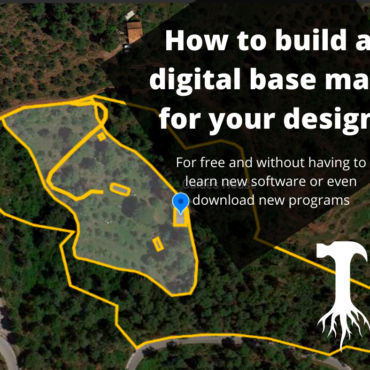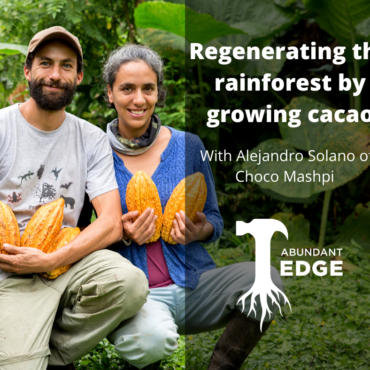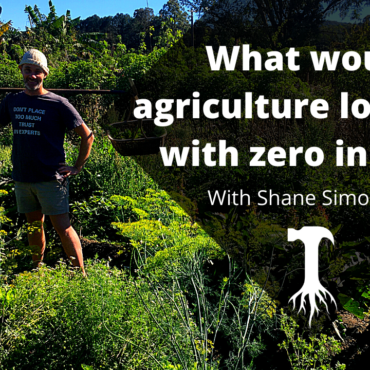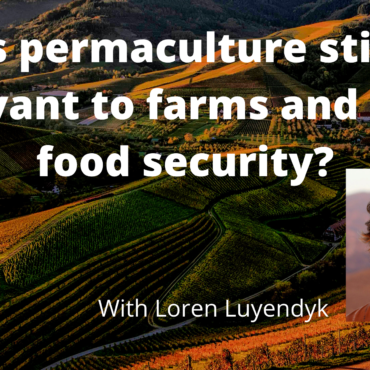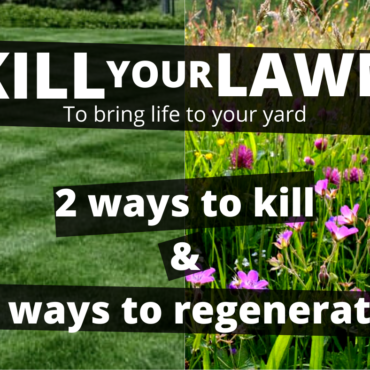
Kill your lawn, to bring life to your yard
Lawns are the most costly agricultural product in the USA, using more fertilizer and chemical treatment than any other major crop including corn and soy. On top of that, they’re the largest consumer of water, especially in arid regions that can’t naturally afford to keep green lawns all year. And all of this for what? Grassy lawns don’t give us any food, they do almost nothing for the soil since their root systems are very shallow and create compaction beneath, and they’ve only been common in our culture for a short time. They originated in the gardens of English and […]

